Ethnic Studies debuts diverse curriculum
Ethnic Studies class revolves around the study and experiences of ethnic communities that are generally underrepresented in textbooks by equipping students to examine race, culture, ethnicity and nationality in the United States.
Students work independently during class.
In room 515, the Ethnic Studies class is in session during the first period of the day. Students are hard at work perfecting their Indigenous Studies presentations that are due the Friday before Thanksgiving break. The sound of pencils scratching and keyboards clacking can be heard as students discuss and review their presentations.
Emma Dangleis ‘22 is working on a presentation surrounding the Navajo tribe. She’s supplying basic facts about the tribe and information regarding their culture. She is also finalizing details on the racial injustice they face daily. Dangleis manages to highlight the beauty of the tribe as well as the dangers they’re facing regarding the fact that they’re indigenous.
Ethnic Studies is a new addition to the Desert Sands Unified School District course set. The class revolves around the study and experiences of ethnic communities that are generally underrepresented in textbooks by equipping students to examine race, culture, ethnicity and nationality in the United States.
The idea to introduce ethnic studies as part of the secondary curriculum came from San Francisco State University when a group of students decided to strike demanding a class that respects diversity and talks about communities of color. The strike resulted in the San Francisco State College of Ethnic Studies. These strikes are still having an impact today as California just became the first state to mandate ethnic studies to be taught in high schools.
At La Quinta High School, Tracey Martin is teaching ethnic studies for the first time in the school’s 27-year history. This was originally designed as a freshman course; the decision of what grade level to test run the course on was up to each individual school. After some thought and consideration, the high school decided to try the course out on seniors for one semester.
“Because of the age difference between a freshman class and a senior class, the seniors can grasp onto the topics of racism and inequality a little easier,” he said. “They’re more open to sharing how they feel because they’re almost adults… the class dynamic is more of a college seminar.”
Martin said that he is a part of a collaborative board with other ethnic studies teachers in the school district where they share ideas and resources. In addition, on the school district website, an outline of all the material that will be studied can be found—from units to individual lessons.
Martin also found a way to incorporate current events into the curriculum by doing a warmup at the start of class every day. The students are required to write reflections about events that occurred on the very day they’re in class, only many years in the past. It gives students the opportunity to look back and reflect on racial injustice throughout the years.
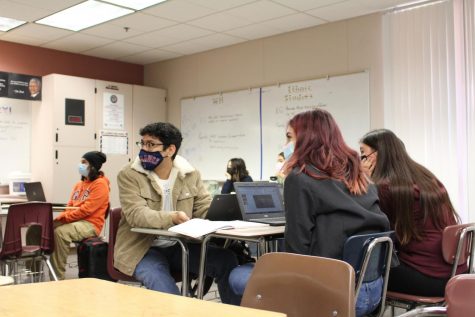
Students enrolled in the Ethnic Studies class listen to their teacher’s instruction.
Adamaris Perez ‘22 believes this class is fun and is really beneficial to learning more about herself. Perez mentioned how at the start of the school year they introduced themselves and got to know the rest of the class during their short identity unit.
“I really did love the identity part though because I got to know more about myself,” Perez said, “and it was a time of all of us getting super close and we all got to talk about our stuff and it was a lot of fun.”
Marcus Wood, the senior director for the secondary curriculum at the school district, said that each school in the district was required to offer Ethnic Studies. With ethnic studies now being a required course in California, it will most likely be offered as a freshman course. In the future, this newly required course will most likely be taken by freshmen with the goal of teaching ethnic studies for a semester and finishing the year with a semester of health.
Although how to offer ethnic studies was up to the individual school, the district took the model curriculum of the course and created a Desert Sands version. Wood compared the model to a framework where the ultimate deciding factors were up to the district. Details surrounding the curriculum can be found on the district website. It isn’t exactly a day-to-day play-by-play of the course, but it shares the main ideas and topics of the course.
“On this page, we’ve got an introduction to this course and what are the goals behind it. We align this course with our DSUSD values: relationships, respect, inclusions, kindness, equity,” Wood said.
Wood also shared that the district has an ethnic studies advisory panel. On this panel are community members, parents, principals and teachers. As they develop new information regarding the course, they share this information with the panel in order to gather feedback.
If you’re not on the panel but still interested in providing feedback, the school district has a Google Form available.
After speaking to Martin regarding his experience teaching ethnic studies, he said that he really enjoyed it and found it to be a good intro to college considering the amount of writing he made the students do. He also mentioned that in the future he hopes to refine the curriculum to make it run smoother considering it was originally meant for freshmen.
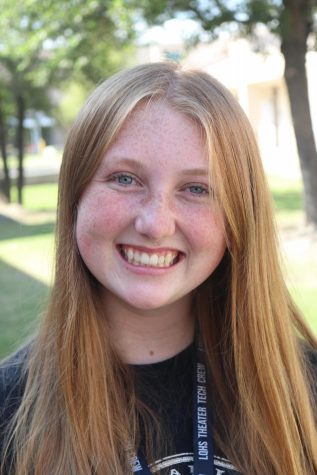
Keeley Jibben is a junior and a first-year journalist. She loves reality TV, fried foods, and is always excited to meet new people.

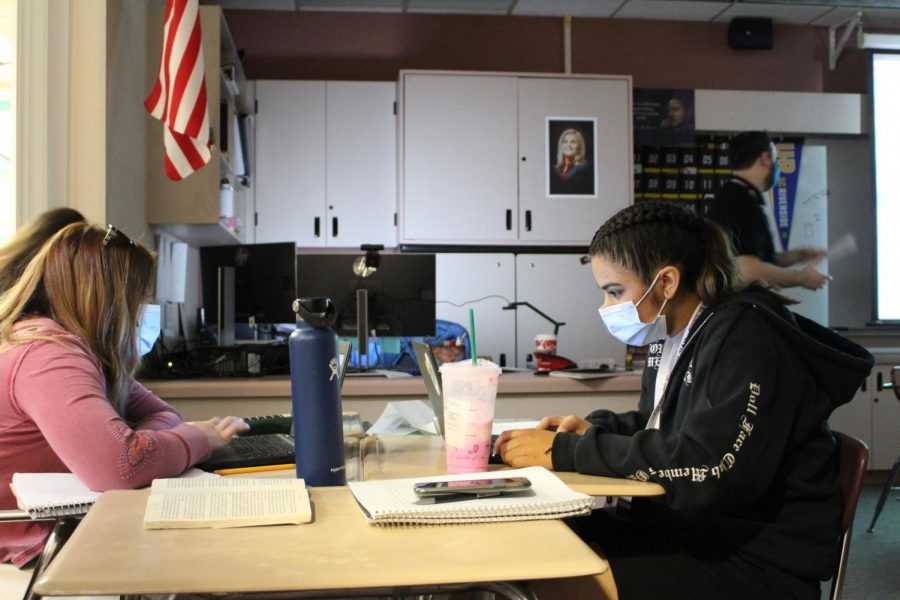
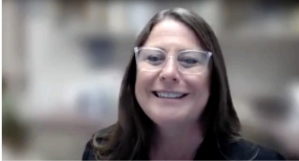


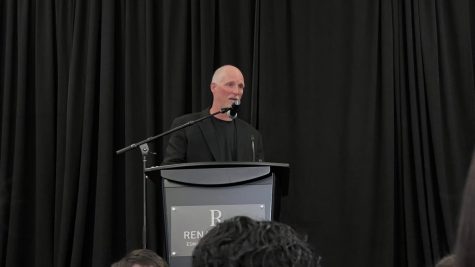

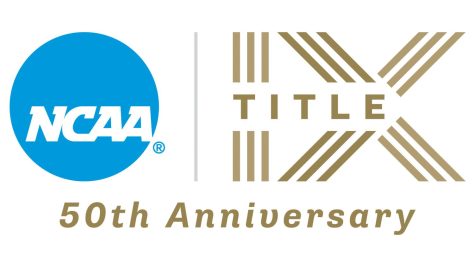

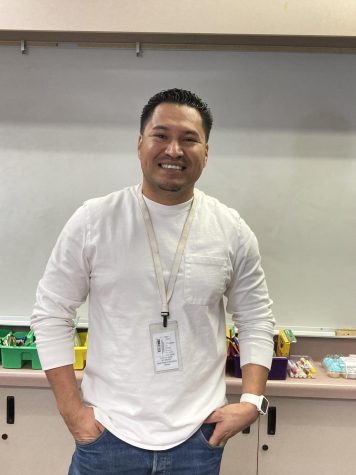
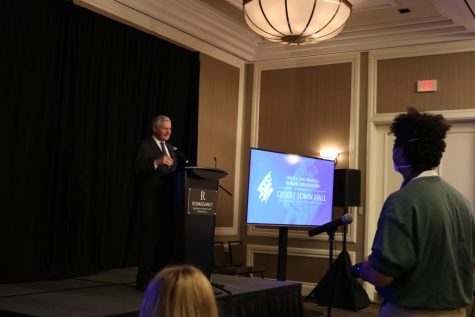
Josephine Yoo ♦ Dec 16, 2021 at 9:47 am
The Blackhawk view is awesome, I did not know we offered this course. Thank you keeley for informing us from every perspective. The origins, the district views and the impact in our students.
mirandamuir ♦ Dec 14, 2021 at 9:29 am
Great story Keeley! I’m so happy you covered such an important addition to campus.
Taylor ♦ Dec 14, 2021 at 9:31 am
Yes! Didn’t even know this existed but so glad it does!